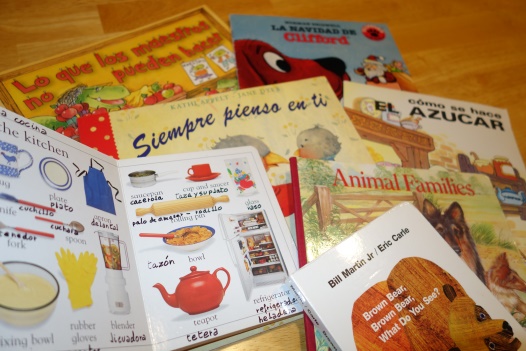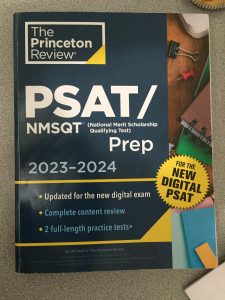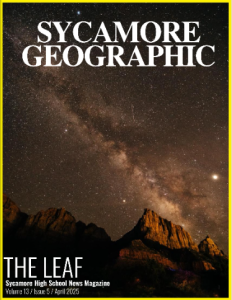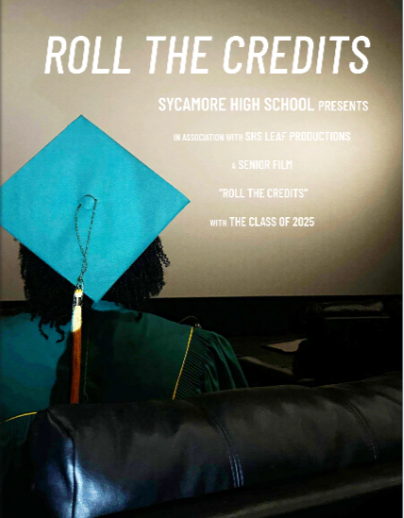Being bilingual in America

Bilingual people start learning different languages as babies. “The Associated Press reports that up to 66 percent of the world’s children are raised bilingual,” said Viorica Marian Ph.D., and Anthony Shook. Their parents probably read children’s books to them. It is recommended to start speaking new languages before puberty as it helps develop the muscles in the mouth and tongue needed to pronounce certain words, yet it is never too late to learn.
April 13, 2015
The U.S. is known as the melting pot because of all the different cultures that are combined in its society. With culture comes language. In the US 20% of the population is bilingual and this number is growing.
“Being bilingual, it turns out, makes you smarter. It can have a profound effect on your brain, improving cognitive skills not related to language and even shielding against dementia in old age,” said the New York Times staff writer Yudhijit Bhattacharjee.
“The key difference between bilinguals and monolinguals may be more basic: a heightened ability to monitor the environment,” said Bhattacharjee.
Bilinguals often have to switch languages on a regular basis making it easier for them to be quicker in learning and solving problems.
Bilingualism is on a rise in the U.S. In 1980 it was only 11%of the population. Spanish is the top leading second language and Spanish- English people represent half of the bilingual population in the U.S.
Other rising languages in the U.S. include Chinese, French, Tagalog, Vietnamese, German and Korean. U.S. bilinguals are more commonly found in California, New Mexico, Texas, Arizona and major cities such as New York, Los Angeles, and Chicago.
The number of citizens with traditional immigrant languages is declining in the states.
Those languages include Italian, Yiddish and Greek. This has partially resulted from a decrease in the migrant flow from those countries and existing speakers of those languages in the U.S. dying off without spreading it to their family.
SHS has a variety of bilingual speakers from 52 countries. Students are seeking to embrace diversity and seek bilingualism.


![Mock Trial members from Gold and Green team last year pose for a picture in front of the OCLRE building in Columbus. "We all put in so much work [last] year. I know [this] year we’ll come back improved and ready to win!” said Ogunbodede.](https://shsleaf.org/wp-content/uploads/2025/10/IMG_4121-300x205.jpg)



